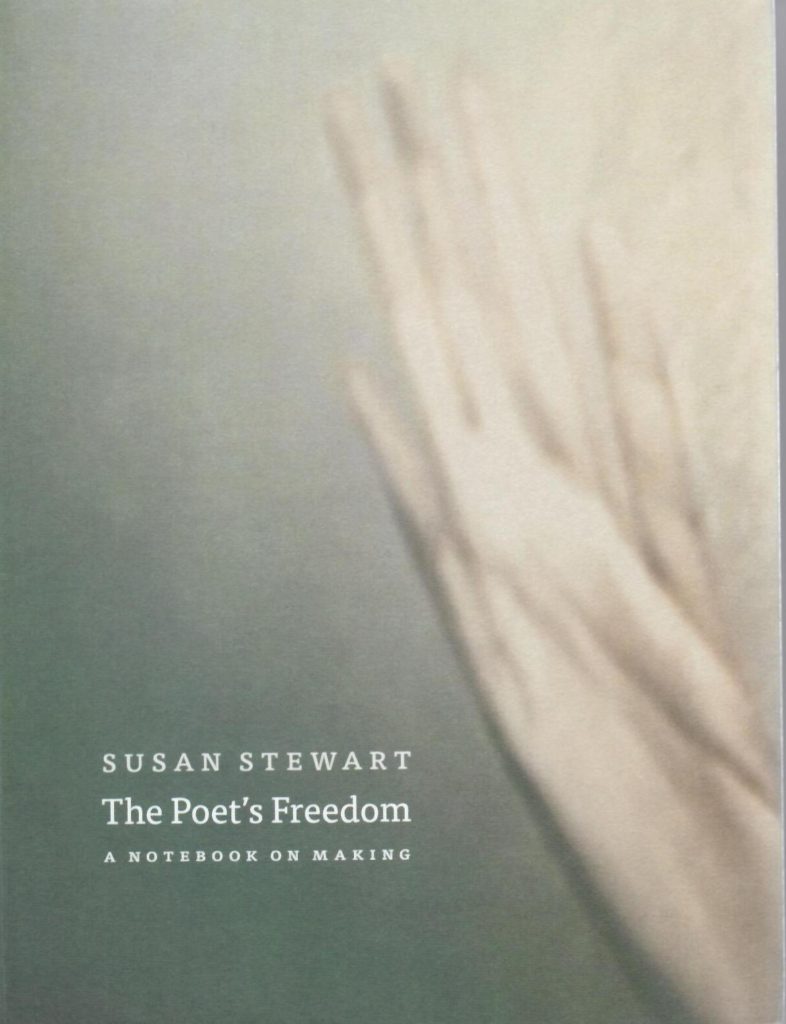
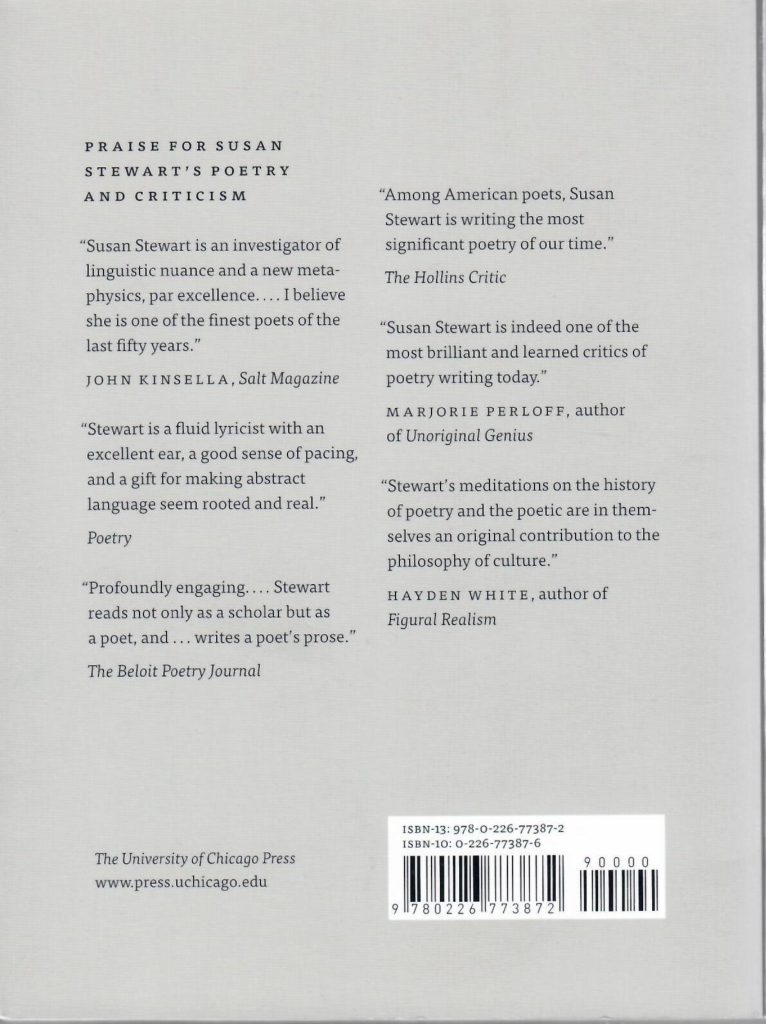
Poet Susan Stewart is also a renowned teacher and gifted critic. Her collection, The Poet’s Freedom: A Notebook on Making, (The University of Chicago Press, 2011) is a beautifully made book in terms of format, cover, paper, design, and offers eight sections of thematically linked essays to form a progression in thought, along with an envoi that recasts the prose of the prologue, “A Sand Castle,” into the form of poetry, “The Sand Castle.”
I have been reading this excellent and erudite collection slowly, beginning in 2014 and continuing. Why the glacial pace?
Stewart, (a MacArthur Fellow, among her many awards) has a brain and the training that easily inflects her thoughts and arguments on creative process through the tradition formal philosophical discourse. Me? Not so much. I freeze for a few heartbeats when confronted by names like “Hannah Arendt” or “Kant” or “Hegel” and terms like “hermeneutics” and “phenomenology”. And yet, through Stewart’s guidance, I have been able to move a few steps outside my comfort zone, identify a few new patterns and possibilities for context that I would not, surely, have discovered on my own, rather like a person accustomed to gazing at the night sky being invited by a renowned astronomer to look at the images from a radio telescope. Vastly enlarging, and a bit unsettling! The essays are also well supplied with examples from writers from Hesiod and Aristotle down to the present day, and these are welcome to me because they give me a bit more purchase in her vertiginous landscape.
To give you a summary sense of that scope, this volume has 303 pages. Of those, 19 pages offer an index; 25 pages provide a list of works cited; and 56 pages append Stewart’s own Endnotes.
And yet, I find myself engaged, paragraph by paragraph. My copy of the book can never be lent because it is overlaid with a palimpsest of soft penciled questions and sudden insights. And I think Stewart would welcome that. Here is her intentional blueprint, succinctly laid on page ix of the Acknowledgments section:
“This book bears the subtitle A Notebook on Making because I have written it out of concerns that have unfolded over time–the concerns of a poet with a vivid interest in other art forms. I therefore hope that my words will be of use to makers of many kinds, but I should say from the outset that my world of examples and references necessarily reflects by own practice and predilections. Another book entirely could have been written on these concerns by a composer of music or prose fictions, for example, and yet the ‘otherwise’ remains our common resource.
“I have framed the parts of this book as ‘entries’ and provided some room at the end for readers’ notes. And although I have spoken to those readers as if they will turn the pages continuously from start to finish, I imagine, and hope, I have made a book for perusing from time to time. I have not unwound a single story or hammered a final argument into place, for this is a book about the pleasures of making and thinking as unfinished, ongoing, means of life. My aim has been to set forward some ideas about the freedom artists have–the deep past of that freedom, and its future.”
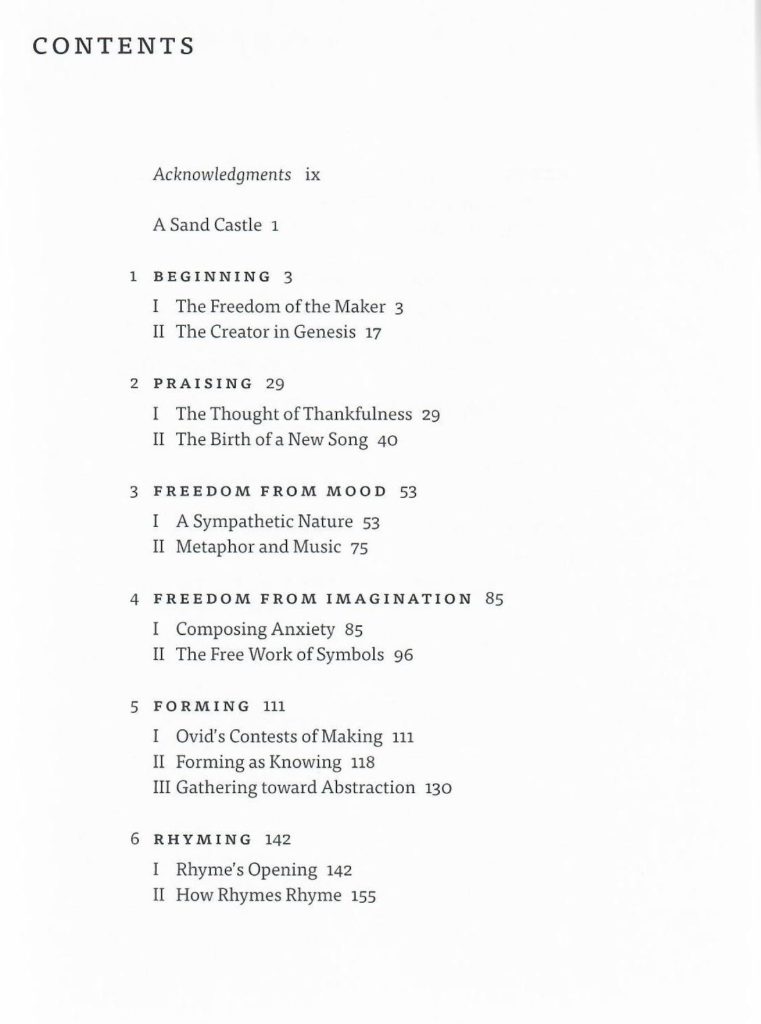
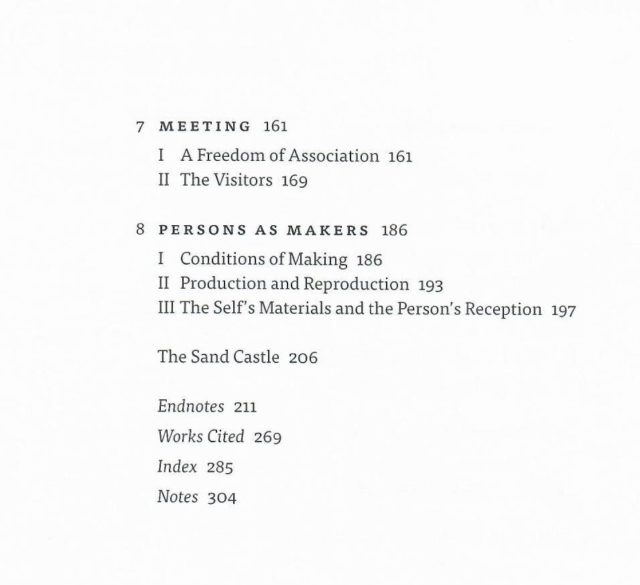
Stewart’s penultimate paragraph (concluding the essay “Persons as Makers” and the book itself) is a call to action in the wider global life we all share, in whatever way we participate in life and work. It is both an opening up, and a skillful summary of the book she has achieved.
“The freedom of the artist is not a privilege of occupation but something that anyone can exercise under certain conditions. These are a bounded time and space not dedicated to prior ends, and openness to mood and a self-composed independence from it, a willingness to let the imagination play against the determinations of form, and a commitment to choosing and judging anew. The finite experiences of art making, as untied as they can be to causes and consequences, are by definition attempts or tries, yet in their long history they give the fullest account we have of human striving and dreaming and provide the fullest arsenal of resources for action.”
If you are interested in learning more about this collection, I highly recommend seeking your own personal copy and prepare for months or years of engaged reading!
Context for Poem “Atelier”:
I drew inspiration for this poem from many sources–my own quilting, knitting, and card-making, especially, and an article in the May 2021 issue of Vanity Fair magazine, “Phantom Threads” by Leah Faye Cooper on the people and tradition of applied art/fine crafts that serve the House of Chanel in Paris. It also seemed a good pairing with Susan’s Stewart’s focus on making as applied to creating poetry.
Garden Update:
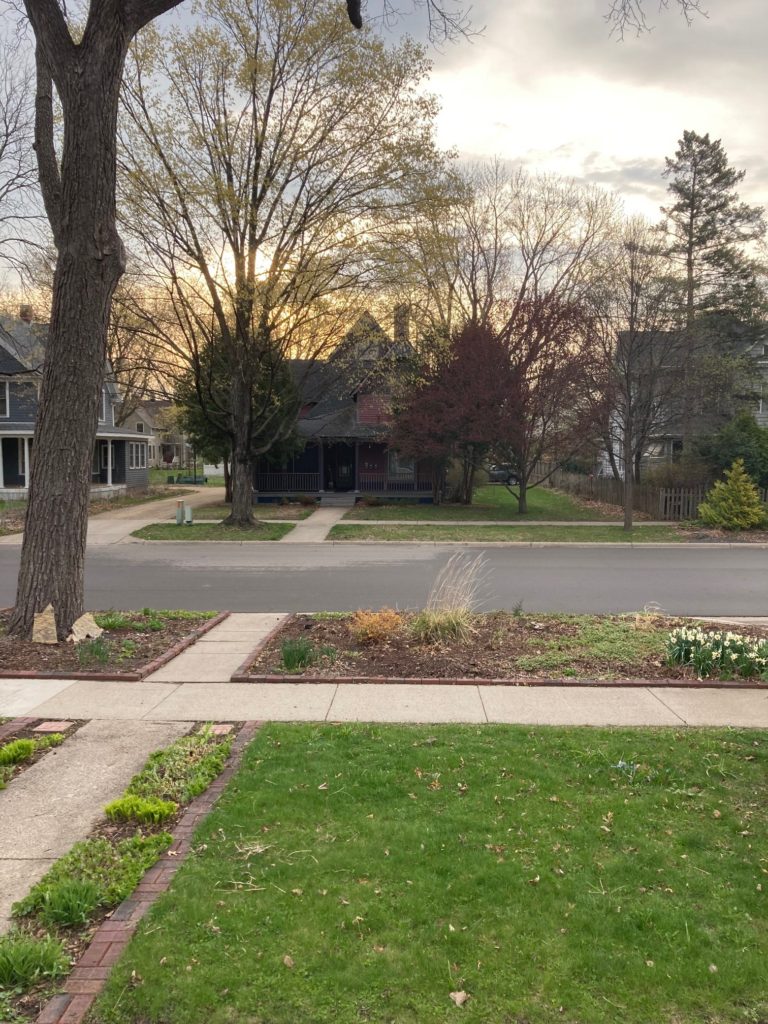
So much unfolding takes place in a Minnesota garden from April 1 to the end of the month.
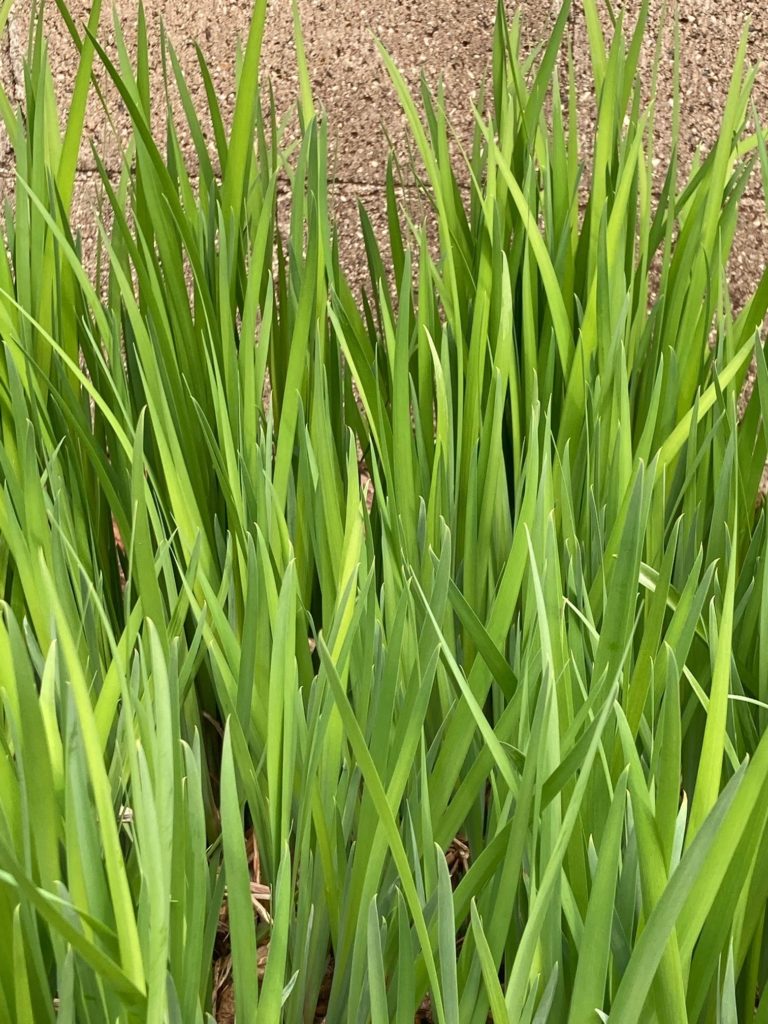
There is a leap of growth everywhere, from budding leaves to lawns, though I have not heard any lawnmowers at work yet. Bees are back, and robins, too. Cardinals are nesting, making the crows a tad grumpier than usual, and the young rabbits stare longingly through the fence at the tulips emerging. The wash of blue scilla and froth of white bloodroot has subsided as have the crocus flowers, but the bleeding hearts have begun to bloom.
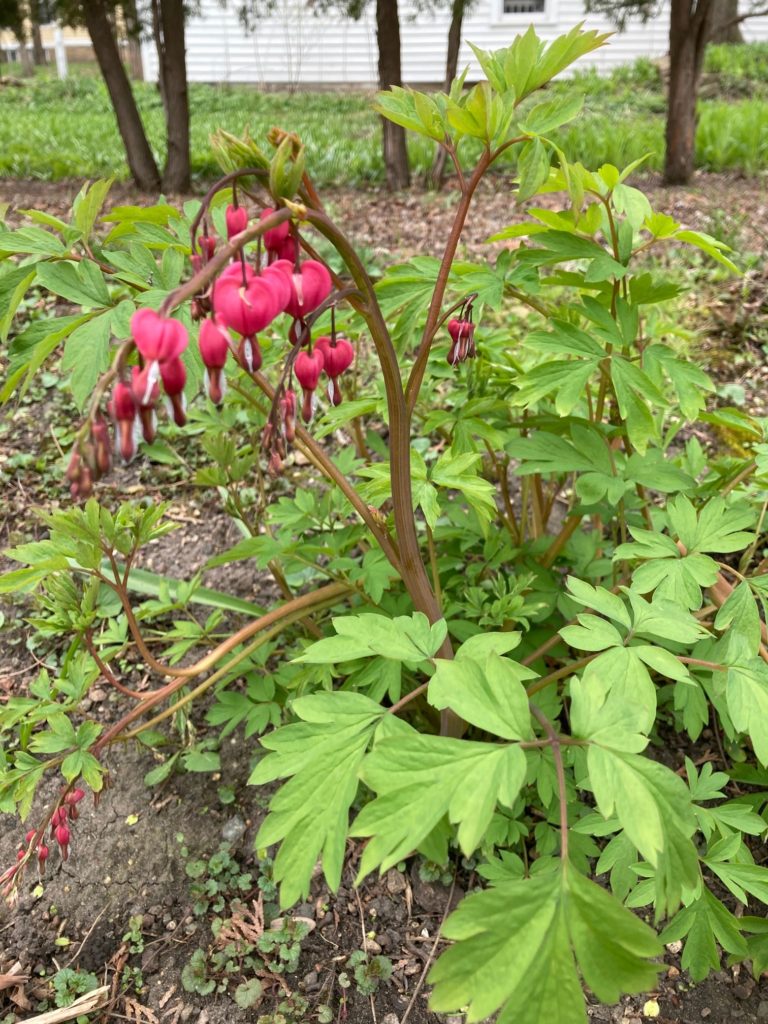
So have the robust yellow daffodils planted last year and the petite but dazzling snake lilies.
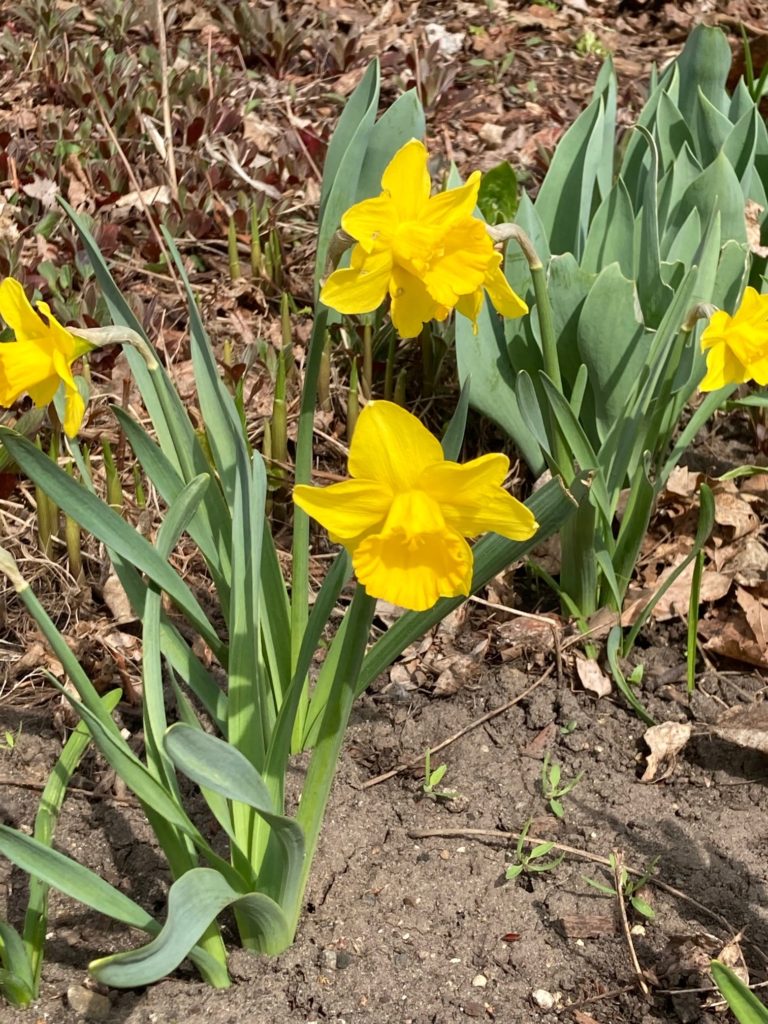
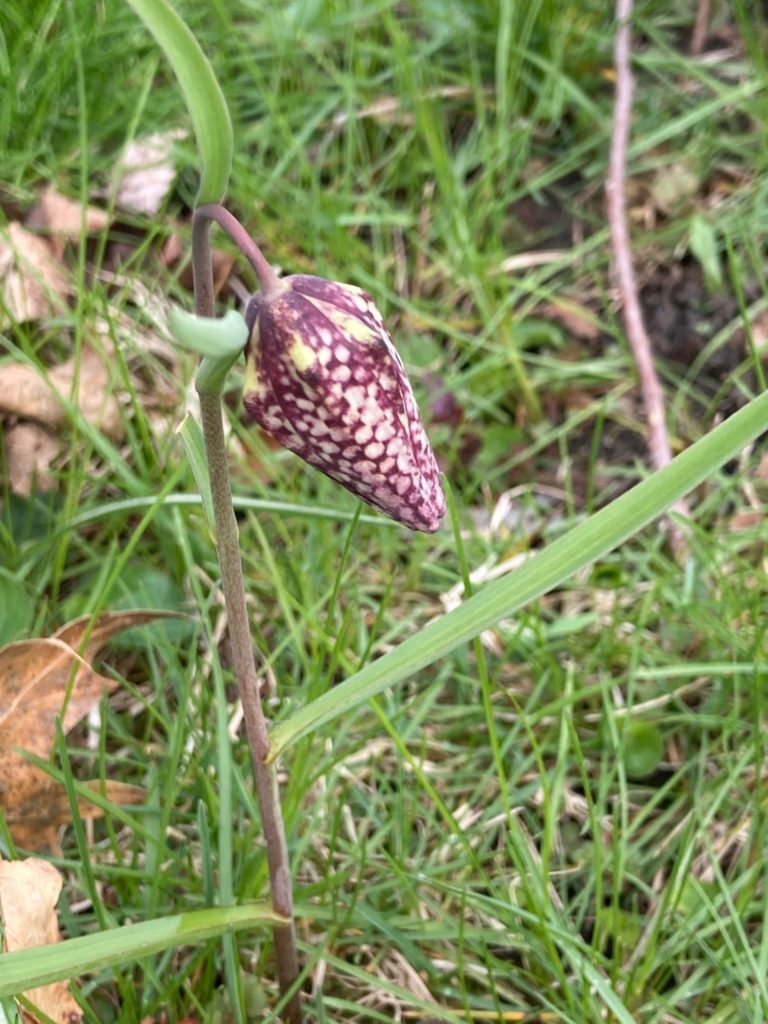
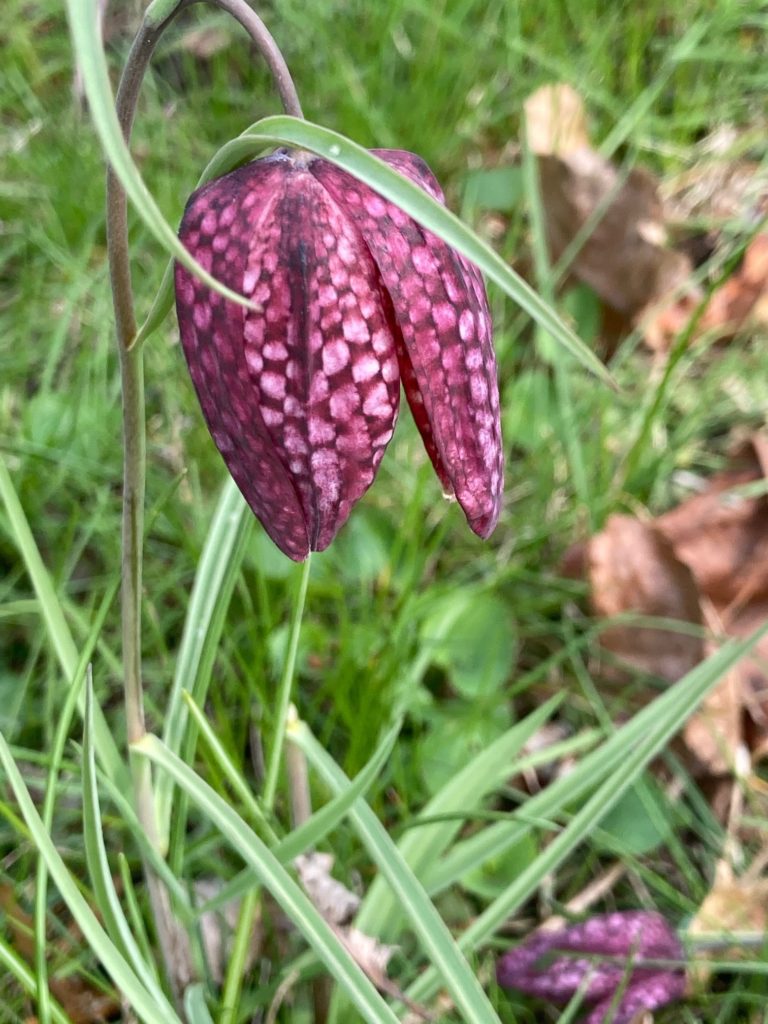
Lily of the valley and zebra iris are on the rise.
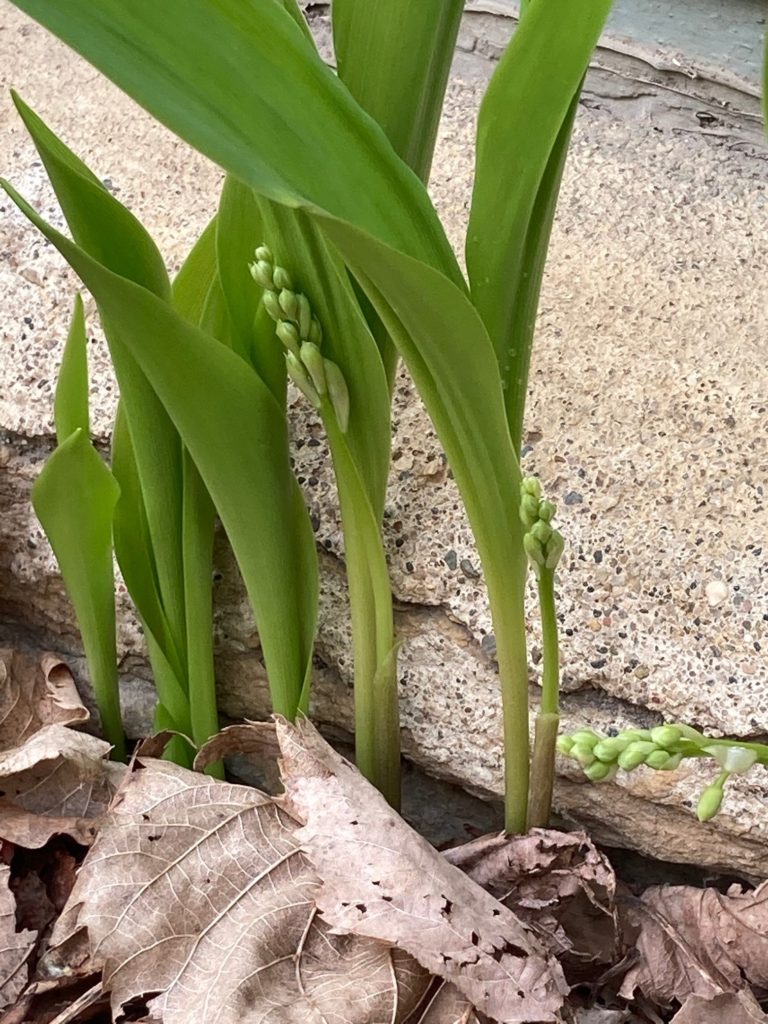
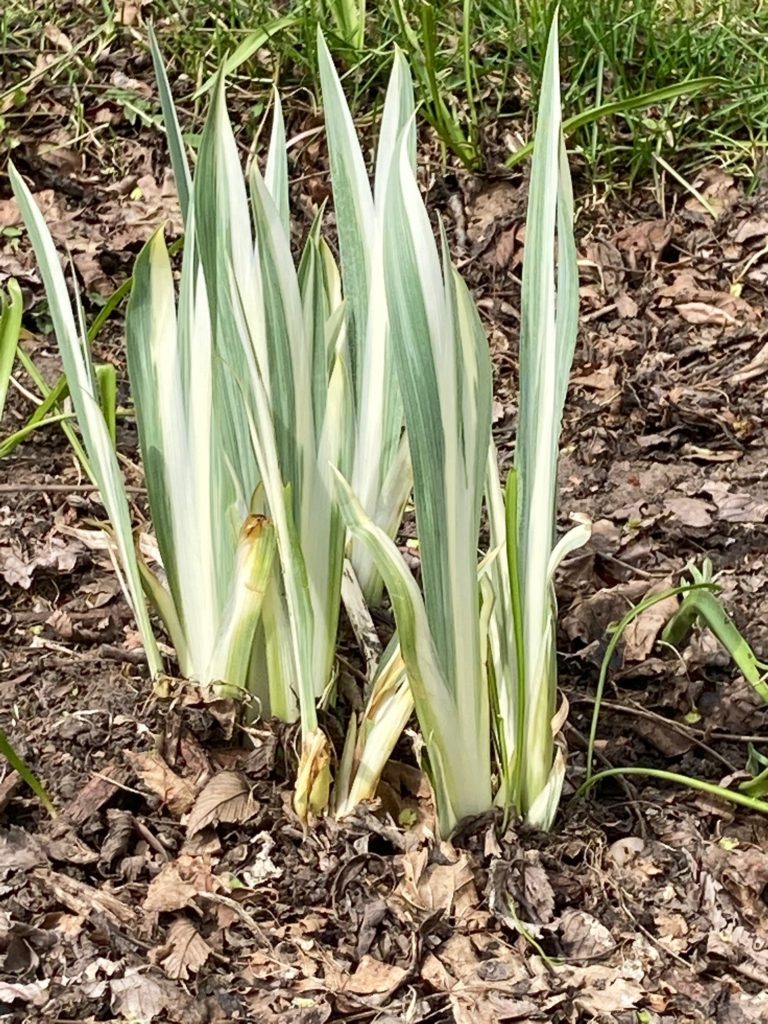
Blue, white, and the occasional red-purple violets are massing on the borders of the yard.
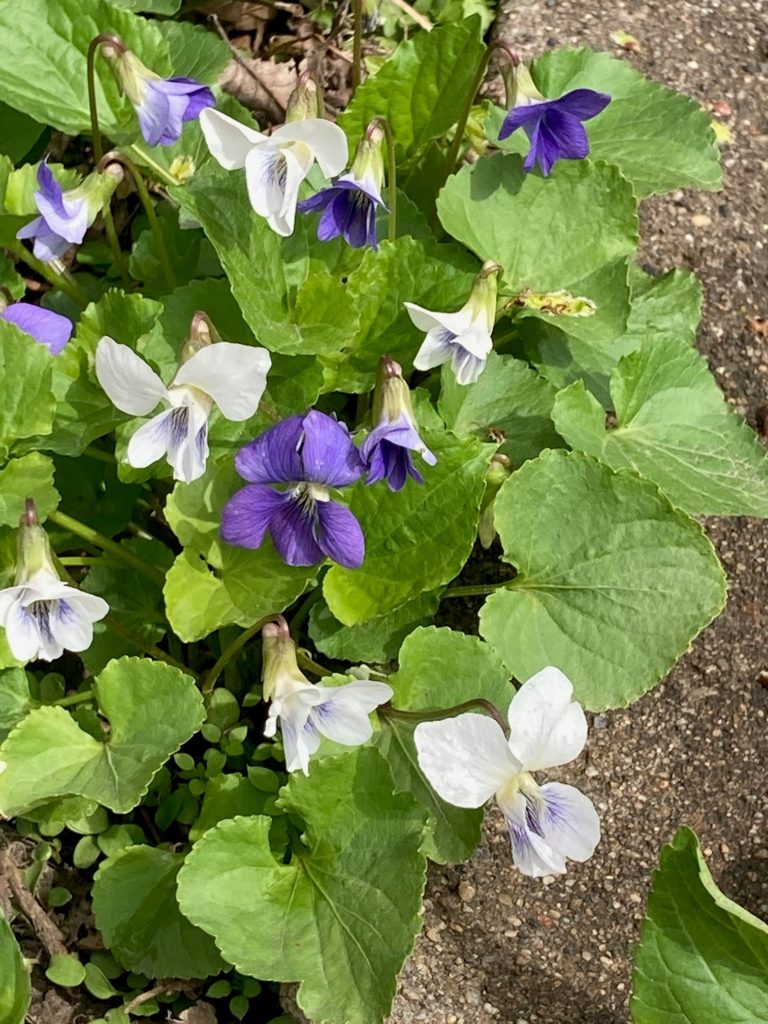
It is good to see old friends. Soon, we will have a mountain of mulch in our driveway, the wren houses will be hung up invitingly, and the plants we have over-winter inside–coral and scarlet geraniums, Chinese Red Dragon, Mercury Rising, and crimson Gerbera Daisies–will be moved outdoors again. We’ll be watch for morning glories to climb their trellises. Likewise beans and staked tomatoes. Hosta will rise up. Sunflowers will be nodding over our heads, summoning hummingbirds and goldfinches. The hammock will come out, and you will be able to find me there, with a book, in the welcome afternoon shade.
It still holds, that perennial truth: if you have a garden and a library, you have everything you need.
Once more only, until tomorrow,
LESLIE

That stack never melts does it? At least, mine only seems to grow. Maybe it is like the magic cauldrons in fairy tales are always full no matter how much is eaten?
I’m going to have to run away into the wilderness to catch up on all this reading as this is another enticing book I’d never heard of! Not a bad thing, I keep telling myself, to have a pile of books “TO BE READ!”
Thanks for adding to it with such interesting and likely challenging reads.